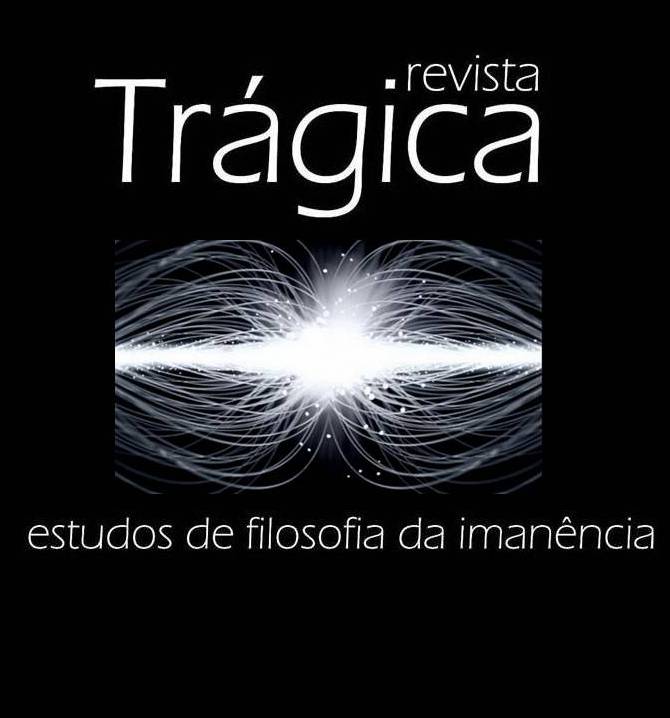CLASTRES: o Mal radical e a Terra sem mal
DOI :
https://doi.org/10.59488/tragica.v9i2.26768Mots-clés :
Nietzsche, Spinoza, TrágicoRésumé
Para Pierre Clastres, a linguagem do ocidente reduz e limita todas as coisas a sua medida, a medida da identidade e da nãocontradição. O monismo centralizador, que marca a história do pensamento ocidental, constitui na supressão do heterogêneo e das diferenças. A partir do estudo das sociedades indígenas, sociedades sem Estado, Clastres deseja pensar a busca de uma linguagem que não queira dizer o Um, linguagem instituidora da sociedade na medida em que pensa ao mesmo tempo o Um e o outro, juntos. Tal é a busca da Terra sem mal, terra da verdadeira linguagem, distante da linguagem enganosa da identidade unificadora, pois nada do que existe pode ser dito segundo o Um.
For Pierre Clastres, Western language reduces and limits all things to its measure, the measure of identity and of noncontradiction. The centralizing monism which marks the history of Western thought is constituted by the suppression of the heterogeneous and of differences. Using the studies of indigenous, stateless societies, Clastres wanted to reflect about the search for a language which refuses to say the One, a language which founds society in so far as it thinks the One and the other together. Such is the quest for the Land-without-evil, the land of true language, far from the misleading language of unifying identity, for nothing that exists can be talked about according to the One.
Téléchargements
Publiée
Numéro
Rubrique
Licence
Les auteurs préservent les droits d'auteur et accordent à la revue le droit de première publication, le travail étant simultanément sous licence Creative Commons Attribution 4.0 International (CC BY). Cette licence permet à des tiers de remixer, d'adapter et de créer à partir du travail publié, en attribuant le crédit d'auteur et la première publication dans cette revue. Les auteurs sont autorisés à accepter des contrats supplémentaires séparément pour la distribution non exclusive de la version du travail publié dans cette revue (par exemple, publier dans un référentiel institutionnel, sur un site personnel, publier une traduction ou en tant que chapitre de livre), avec reconnaissance de l'auteur et de la publication initiale dans cette revue.












